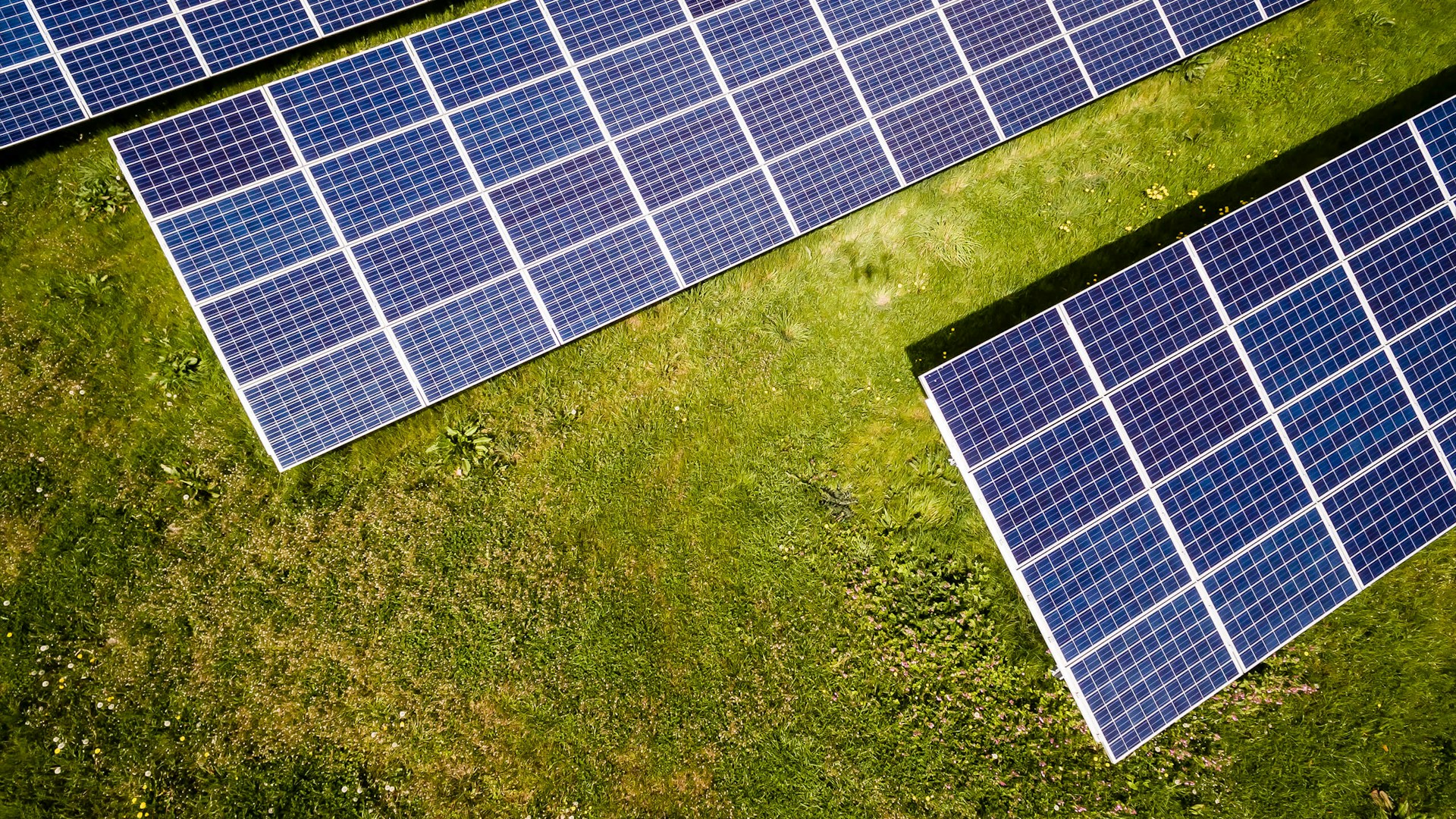What’s the Most Effective Way to Integrate Sustainable Solar Tiles into a Period Home’s Roof?

The quest for renewable energy has exploded in the previous decade as homeowners worldwide seek ways to reduce their carbon footprint and monthly electricity bills. One solution that has come under the limelight in recent years is solar power. Solar panels have long been the go-to option, but they are not always practical or aesthetically pleasing for every home. For those living in period homes, solar panels can be an eyesore, detracting from the architectural beauty and authenticity these homes represent. However, there’s a renewed hope in the form of solar tiles. In this comprehensive guide, we will explore the most effective ways to integrate sustainable solar tiles into a period home’s roof without compromising its historical integrity.
The Power of Solar Energy
Solar energy is a renewable source of power that uses the sun’s rays to generate electricity. Unlike traditional forms of energy, like coal or natural gas, solar power does not produce greenhouse gases, making it an environmentally friendly solution. Harnessing this energy at home typically involves the use of solar panels or solar tiles, both of which convert sunlight into electricity.
A découvrir également : How to Create a Home Library in a Living Room with Limited Space?
However, the quandary for period homeowners is integrating this technology without disrupting the home’s traditional aesthetics. Solar panels, while efficient, are often bulky and can clash with the architectural style of period homes. On the other hand, solar tiles or shingles, first introduced by Tesla, have emerged as an attractive solution. These tiles mimic the look of traditional roofing materials, all while generating solar power.
Understanding Solar Tiles
Solar tiles, also known as solar shingles, are a type of solar energy solution that can be integrated directly into a home’s roofing system. Rather than sitting on top of the roof like panels, solar tiles replace traditional roof shingles or tiles. They are designed to blend in seamlessly with the rest of the roof, providing homeowners with a more subtle, aesthetically pleasing way to harness the sun’s power.
A voir aussi : What’s the Best Strategy to Childproof a Kitchen with Modern Design Elements?
Tesla’s solar tiles, for instance, come in a variety of styles that can match most traditional roofing materials, from slate to terracotta. This diversity allows homeowners to maintain the period look of their property while embracing renewable energy. Moreover, solar tiles are as durable, if not more so, than traditional roofing materials, making them a long-lasting investment.
The Cost and Installation Process
The cost of solar tiles can be higher than traditional solar panels. However, this is offset by the fact that they serve dual purposes – providing roofing and generating electricity. Also, considering their durability and longevity, solar tiles could end up saving homeowners money in the long run.
The installation of solar tiles is more complex than that of solar panels. It involves replacing the existing roof material, which can be a time-consuming and delicate process, especially for period homes. However, professional solar installers are trained to handle these complexities and ensure that the roof’s structural integrity is not compromised.
Will Solar Tiles Work for Your Home?
Before making the decision to invest in solar tiles, it’s essential to consider whether this system is a viable solution for your home. Factors such as your geographical location, the orientation and pitch of your roof, and local laws and regulations can impact the effectiveness and feasibility of solar tiles.
For instance, to generate maximum power, solar tiles require exposure to direct sunlight for a good part of the day. If your home is located in a highly shaded area or a region with low annual sunshine, solar tiles may not be the most effective solution.
Furthermore, the orientation and pitch of your roof can impact the amount of sunlight your solar tiles receive. Roofs facing south with a pitch of around 30 degrees are generally ideal for solar energy systems.
Lastly, local laws and regulations can impact your ability to install solar tiles. Some areas may have restrictions on solar installations or require specific permits. It’s crucial to look into these factors before proceeding with a solar tile installation.
In summary, while solar tiles may carry a higher initial cost and complexity of installation, they provide an aesthetically pleasing and efficient method of harnessing solar power. Especially for period homeowners who wish to maintain the aesthetic integrity of their properties, solar tiles offer a seamless integration of modern renewable energy technology. By considering factors such as location, roof orientation, and local regulations, homeowners can make an informed decision about the efficacy of solar tiles for their period homes.
Maintaining the Aesthetic Integrity while Installing Solar Tiles
The primary concern for many period homeowners is retaining their home’s authentic look while incorporating modern technology such as solar power. The good news is, solar tiles or solar shingles provide the perfect solution. Designed to look like traditional roof tiles, these solar solutions can seamlessly blend in with your period home’s existing architecture.
Tesla, for instance, offers solar tiles in a variety of styles that mimic traditional roofing materials like slate and terracotta. This means you can maintain the period look of your home while simultaneously reaping the benefits of renewable energy.
When installing solar tiles, it’s essential to work with a professional installer well-versed in handling period homes. These experts ensure that the installation process does not compromise the structural integrity of your roof. They also ensure that the solar shingles are installed in a way that captures maximum sunlight, optimizing the efficiency of your solar power system.
Remember, the success of your solar power system largely depends on the positioning and pitch of your solar roof. A south-facing roof with a pitch of around 30 degrees is generally considered ideal for installing solar tiles.
Conclusion: Making the Right Choice for Your Period Home
The decision to install solar tiles in a period home requires careful consideration of various factors. These include the cost of the solar tiles, the installation process, the home’s geographical location, and the orientation and pitch of the roof. Local laws and regulations related to solar roofing installations must also be taken into account.
Yes, solar tiles can be expensive initially. However, they offer a dual benefit of providing a roof replacement while generating solar energy, making them a worthwhile investment in the long run. Also, remember that they are more durable and long-lasting than traditional roof shingles.
While solar panels have been a dominant choice for many homeowners, solar tiles are increasingly being recognized as an effective, aesthetically pleasing alternative, especially for period homes. They allow homeowners to embrace renewable energy without compromising the historical and architectural integrity of their homes.
So, if you are a period homeowner looking to save on your energy bills and reduce your carbon footprint, solar tiles might just be the perfect solution for you. Make an informed choice, consider all the factors, and transform your period home into a sustainable, energy-efficient abode.
